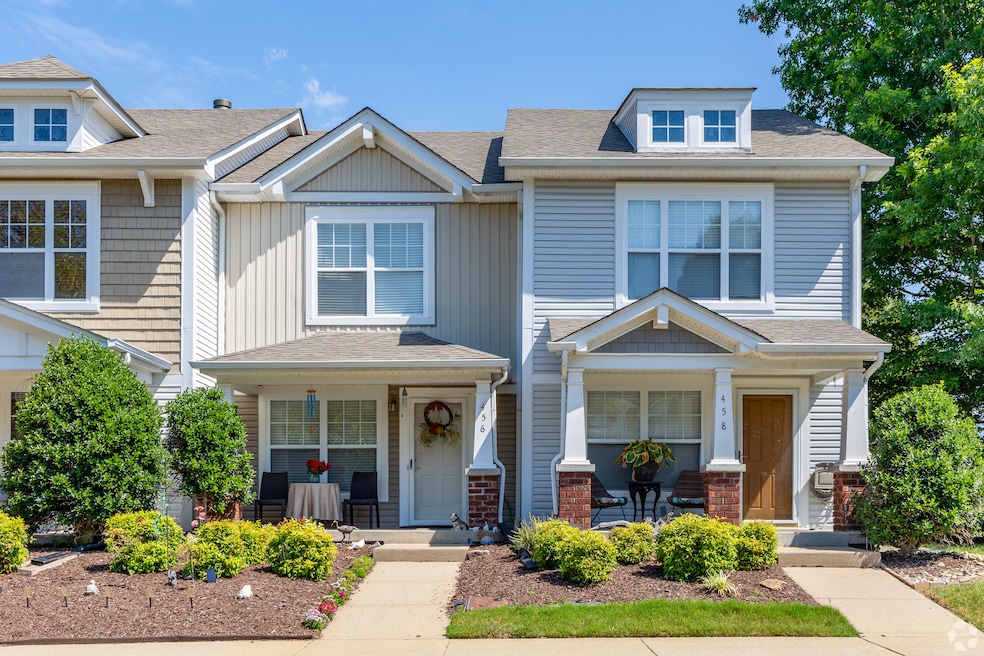Townhouses have grown in popularity in the past few years as a relatively affordable option for first-time homebuyers, but a recent report found builders are facing substantial challenges, such as rising insurance and construction costs and local government regulations.
Most architects and builders that John Burns Research and Consulting surveyed for its August report said they had worked on more townhouse projects in the past year than in the 12 previous months. In its own recent report, the National Association of Homebuilders found that townhouse construction had grown 9% during the three months ending in June from the same period a year earlier. Clearly, townhouses are having a moment.
“The long-run prospects for townhouse construction are positive, given the growing number of homebuyers looking for medium-density residential neighborhoods, such as urban villages that offer walkable environments and other amenities. Where it can be zoned, it can be built,” Robert Dietz, an NAHB economist, wrote in the recent report.
But the economic situation is having a countervailing effect on consumers’ interest in townhouses, according to Jeff Corbett, a vice president at Houston-based First Continental, which lends money to developers to prepare land for housing. Twenty percent of the projects his company works on are for townhouses. He said high mortgage rates are causing many would-be buyers to have second thoughts.
“They’re saying, I could buy this townhouse, but with my personal uncertainty, let’s just go to the rental market,” he told Homes.com.
Builders have other concerns about townhouses. Historically, they have found construction cost savings from building attached housing with shared walls and roofs rather than detached. But some companies are finding that those savings are being lost due to higher insurance and other expenses, according to the John Burns report.
Issues with insurance, design
In many cases, insurers require a master insurance policy covering all of the attached townhouses, rather than allowing individual owners to have their own policies.
Those shared walls and roofs can mean pricier insurance costs due to the risk of a fire spreading across multiple townhouses because they are attached, Corbett said. The report also identifies weather-related risks such as hail and wind, not to mention the threat of homeowner lawsuits. Concerns about these issues have led some builders to choose detached housing or groups of four townhouses rather than eight.
Another challenge for builders is construction costs. An example is the use of alleys behind townhouses for garages or surface parking, which allows for a better-looking design in the front of the house, Corbett said. However, all that concrete behind the row of townhouses can cost as much as paving the sidewalk and street in front, he said, as opposed to having garages in front and grass yards in back.
“The way alleys are constructed today, it almost becomes redundant and double the cost to put a [townhouse] on the ground today,” a developer operating in the Southeast told John Burns. “I’m not sure an affordable product is even possible anymore between material costs, labor costs, and then regulation.”
Sometimes, local governments insist on design elements such as alleys, varied facades, or rooflines that raise costs. Builders also often encounter opposition to building townhouses at all, either from elected officials or from people who will live near a proposed project.
“If you’ve got a beautiful half-million-dollar home, you might not want a $300,000 townhouse across the street, or if you’ve got 200 people coming out of the development every day, causing traffic issues, you might be concerned about that,” said Corbett.
The report recommends that builders ask local governments for flexibility in permitting, so a plan to build townhouses can be more easily amended to include a mix of them and single-family houses, duplexes or other housing types. That would give builders more room to respond to market changes, such as a decline in demand for townhouses.
Builders should also work to educate local officials about the value of more affordable products such as townhouses, the report said. At the same time, builders need to show buyers that shared amenities such as a pool or walking trails help justify townhouse costs.
“We’re going to have to get used to smaller homes, either townhouses or very small homes on detached lots,” Corbett said. “This is one of the few levers builders can pull to bring affordability to market.”

